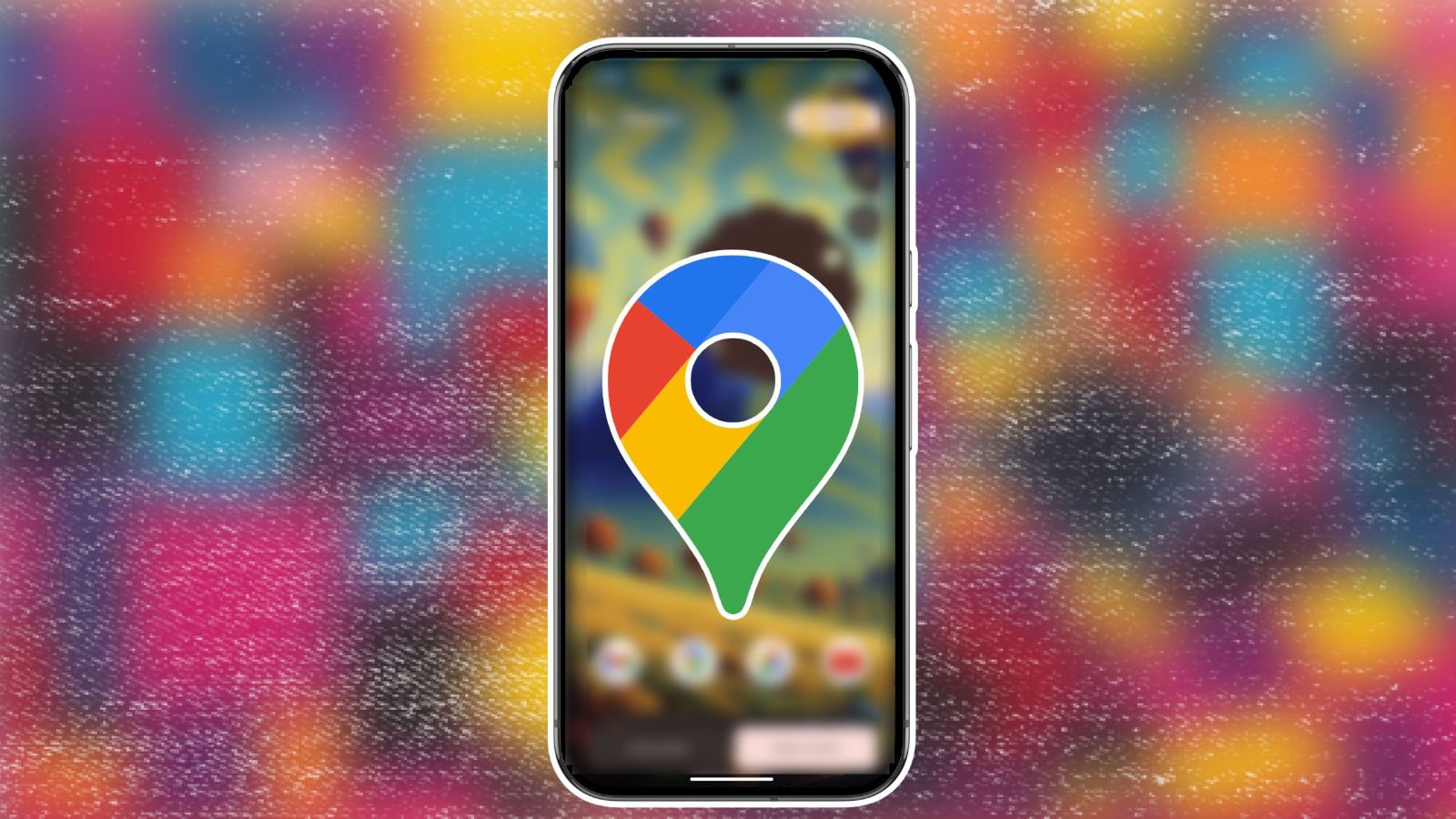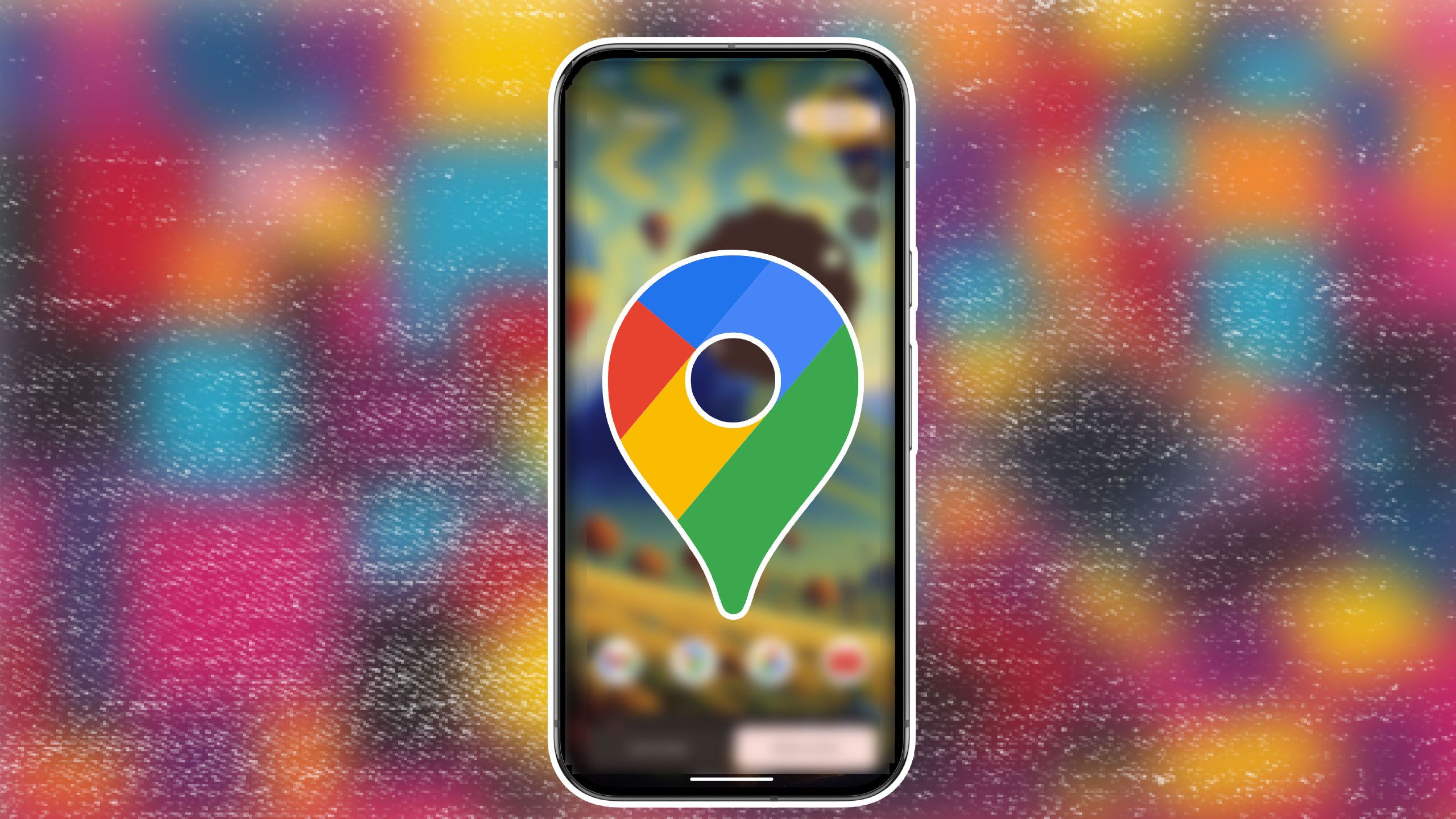
Contents

Sign in to your Android Police account

Summary
- Google’s Street View data can now help analyze infrastructure like roads and utility poles.
- New tools like Imagery Insights and Roads Management can help plan future traffic congestion.
- Businesses can utilize Google’s infrastructure imagery and weather data for expansion planning and local trend understanding.
Who hasn’t wasted time by exploring random places on Google Maps with Street View? Well, now that technology is about to be useful for society as Google brings its mapping tools to the world of public infrastructure.

Related
Google Maps vs. Waze
Which navigation app is better for you?
Government agencies and businesses will be able to use Street View data to analyze roadways, traffic patterns, and utility poles, starting today. It’s all part of a push by Google to combine its maps database with AI and BigQuery to offer real-world insights. The company revealed it is adding support for geospatial analytics in BigQuery , meaning decision-makers can now detect damaged infrastructure.
It’s like Street View, but with insights
One of the new tools with the most potential is called Imagery Insights. It uses AI to analyze Street View photos and detect infrastructure elements, like poles and signs. Some potential uses of this include:
- A utility company could run a report showing which telephone poles need repair.
- A local government could use it to find intersections with missing signs.
There’s also a new Roads Management Insights tool, which lets city planners see traffic trends and spot accident-prone areas. It uses real-time and historical data to produce insights, so planners can choose to adjust speed limits or plan for congestion. The data is also integrated into BigQuery to help monitor wildfire risk and deforestation.
Businesses can use these insights to understand local trends and plan for expansions, parking, and accessibility.
But wait, there’s also weather data
Google’s Maps team didn’t stop with infrastructure imagery. It also added a Weather API that offers conditions, forecasts, and historical climate data so developers and planners can create smarter travel apps or warn users of extreme weather.
The team is also testing “grounding” Gemini-based AI in Maps data through Google’s Vertex AI. This lets AI assistants answer geographic questions with up-to-date information pulled from Google Maps, which theoretically will help with planning, provided the answers are accurate.
We haven’t been able to test any of these tools yet. Google Gemini has come a long way since the days it was advising people to put glue on their pizza, so hopefully these new mapping tools work right out the gate.
What’s your reaction?
Love0
Sad0
Happy0
Sleepy0
Angry0
Dead0
Wink0



![the-material-3-expressive-redesign-of-google-clock-leaks-out-[gallery]](https://betadroid.in/wp-content/uploads/2025/05/18769-the-material-3-expressive-redesign-of-google-clock-leaks-out-gallery-280x210.jpg)





Leave a Reply
View Comments